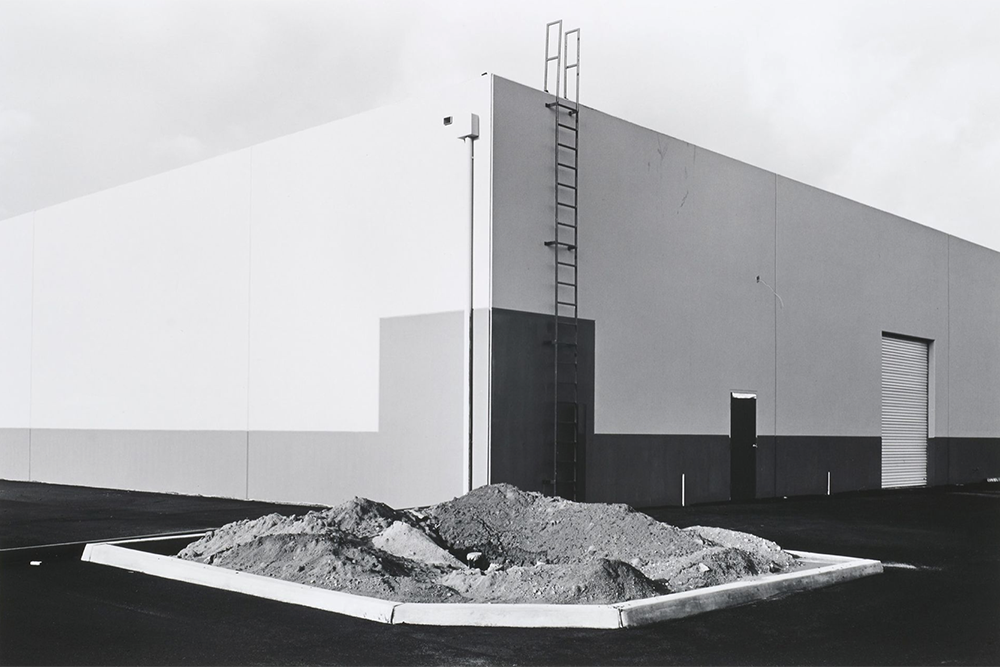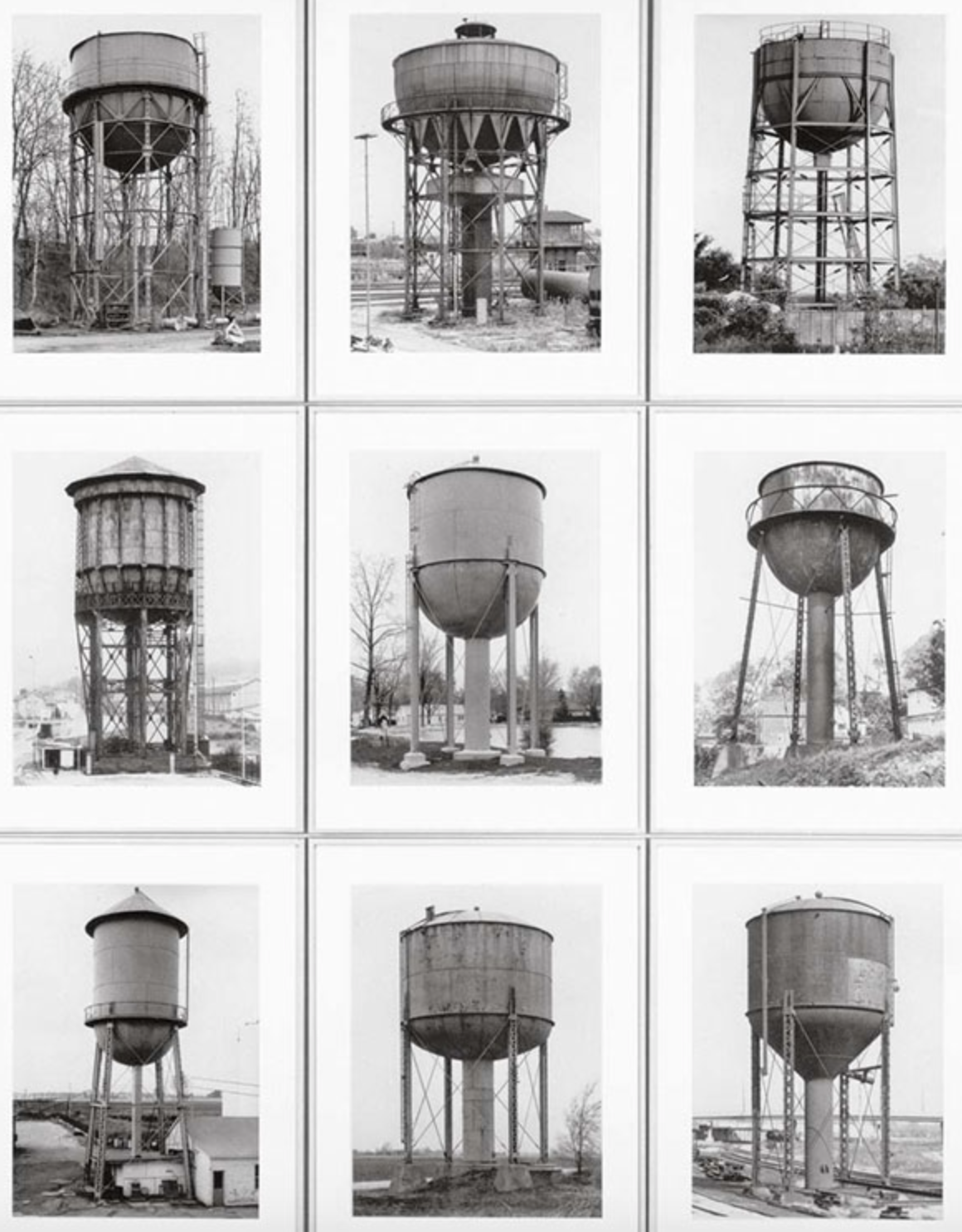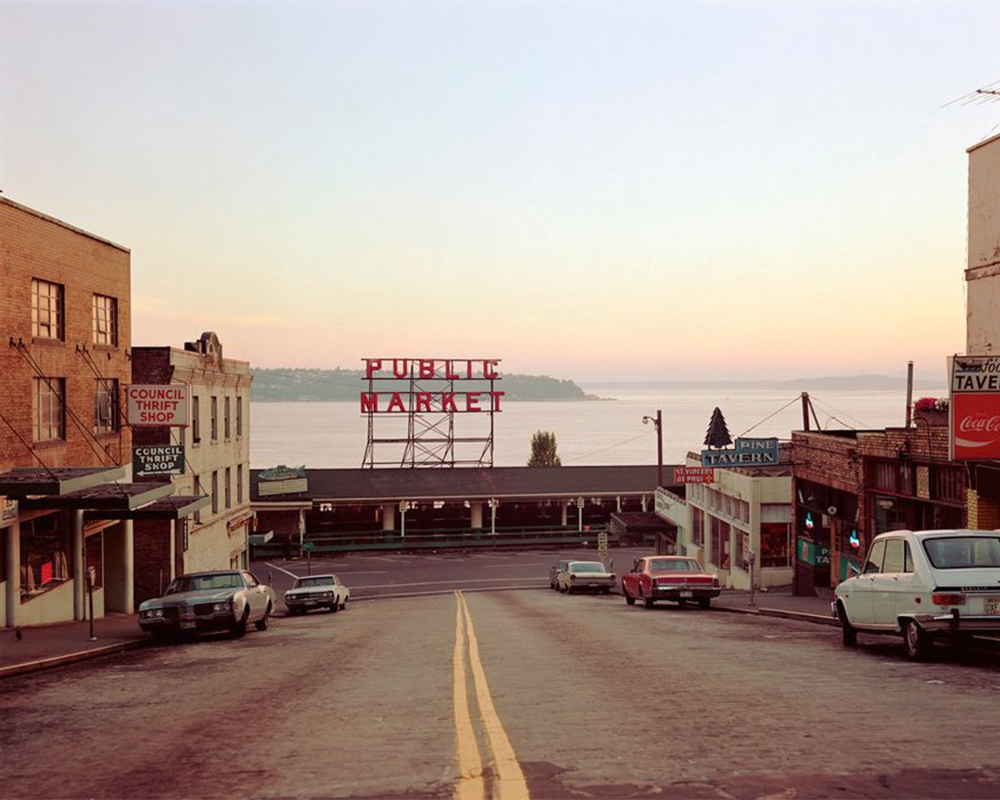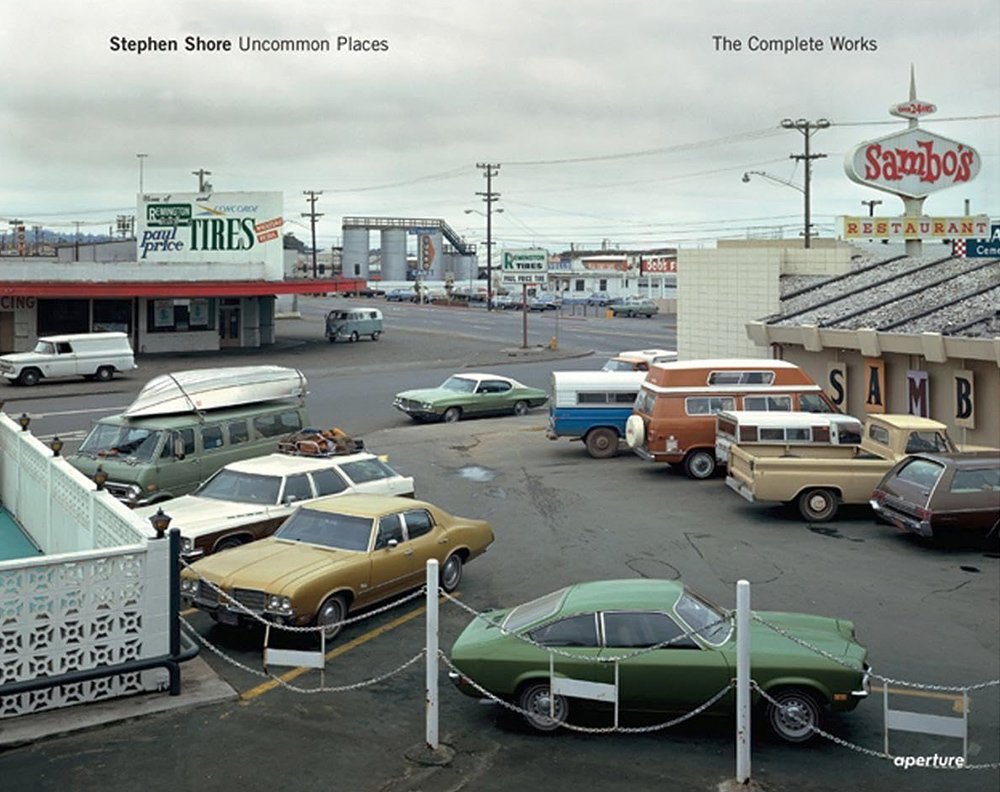The New Topographics Movement: Capturing the Man-Altered Landscape
In the late 1960s and early 1970s, a group of photographers emerged with a distinct vision. They aimed their lenses not at the picturesque, natural landscapes that had dominated the photography world for decades, but at the often overlooked and sometimes starkly unattractive transformation of the American landscape by human activities. This movement, known as the New Topographics, represented a significant shift in the way we view the world around us. It focused on the "man-altered landscape," revealing the intersection of humanity and nature in a unique and thought-provoking way.
In the late 1960s and early 1970s, a group of photographers emerged with a distinct vision. They aimed their lenses not at the picturesque, natural landscapes that had dominated the photography world for decades, but at the often overlooked and sometimes starkly unattractive transformation of the American landscape by human activities. This movement, known as the New Topographics, represented a significant shift in the way we view the world around us. It focused on the "man-altered landscape," revealing the intersection of humanity and nature in a unique and thought-provoking way.
The movement had its origins in an influential exhibition titled "New Topographics: Photographs of a Man-Altered Landscape," curated by William Jenkins in 1975 at the George Eastman House in Rochester, New York. The show featured the work of ten contemporary photographers; Robert Adams, Lewis Baltz, Bernd and Hilla Becher, Joe Deal, Frank Gohlke, Nicholas Nixon, John Schott, Stephen Shore, and Henry Wessel. The term "New Topographics" was coined to describe the focus of these photographers on capturing the transformation of the American landscape, particularly in the American West.
Robert Adams, Newly occupied tract houses Colorado Springs, 1968
Common Themes and Concepts of New Topographics
Objectivity and the Urban Landscape:
“New Topographic” photographers abandoned the romanticism and idealism traditionally associated with landscape photography. Instead, they adopted a more objective and detached approach to capture the contemporary urban and suburban environment. Their photographs depicted the built environment, suburban sprawl, industrial structures, and the mundane aspects of daily life, that were taking place in the American landscape of the post- War 2, with a sense of objectivity and an almost scientific detachment.
Minimalism and Formalism:
“The New Topographic” photographers embraced a minimalistic and formalistic aesthetic, often employing straightforward compositions, stark geometries, and a focus on the inherent qualities of the subject matter. Their images emphasized the formal aspects of photography, such as sharp focus, lighting, and clarity, which contrasted with the romanticized and subjective styles of the past.
Critique of Consumer Culture:
This movement also served as a critical response to consumer culture and the environmental consequences of unchecked urban development. The photographs of parking lots, industrial buildings, and suburban housing tracts highlighted the erosion of natural landscapes and the encroachment of man-made structures. By doing so, they encouraged viewers to reflect on the impact of consumerism and industrialization on the environment.
Lewis Baltz, The new Industrial Parks near Irvine California, 1974
Prominent Photographers
The New Topographic Movement introduced a group of influential photographers who played an important role in redefining the genre of landscape photography. Here are a few notable figures:
Lewis Baltz: Baltz captured the essence of the movement, especially in his series "New Industrial Parks Near Irvine, California. He photographed eerily sterile landscapes with meticulous attention to composition and detail.
Lewis Baltz, The new Industrial Parks near Irvine California, 1974
Lewis Baltz, The new Industrial Parks near Irvine California, 1974
Robert Adams: Adams' work often focused on the urban and suburban expansion in Colorado. His series "The New West" depicted scenes that challenged the notion of the American dream in the post-war era. Adams' images were characterized by their crisp compositions and a deep sense of stillness, provoking viewers to contemplate the evolving relationship between humans and nature.
Robert Adams, Pikes Peak Park Colorado Springs, 1969
Robert Adams, Colorado Springs, 1974
Bernd and Hilla Becher were a German couple known for their typological approach to photography. They meticulously documented industrial structures like water towers, gas tanks, etc, arranging their images in grids that showcased the subtle variations among these seemingly identical objects. Their work was instrumental in shaping the movement’s formalistic and analytical approach, emphasizing the impact of industry and infrastructure on the landscape.
Stephen Shore: Shore's iconic series "Uncommon Places" explored the everyday beauty of American landscapes, capturing the ordinary in extraordinary ways. He documented parking lots, street scenes, motels, celebrating the ordinary and inviting viewers to reevaluate their surroundings. His use of color photography was a departure from the predominantly black and white imagery associated with the movement.
Stephen Shore, Church and 2nd Streets Easton Pennsylvania, 1974
Stephen Shore, Beverly Boulevard and La Brea Avenue Los-Angeles California, 1975
Stephen Shore, Pine Street Seattle, 1974
Influence and Legacy
The New Topographics Movement represented a paradigm shift in the world of photography and had a profound influence on contemporary art. It forced viewers to reconsider their perceptions of the environment, the impact of human activity on the landscape, and the aesthetics of the ordinary. This movement's influence can be seen in the work of many contemporary photographers and artists who continue to explore the relationship between humanity and the environment.
Reevaluation of the Photographic Subject:
The movement forced a reevaluation of what could be considered a legitimate subject for photography. It shifted the focus away from the picturesque and towards the overlooked and mundane aspects of our everyday surroundings. This broadened the possibilities for photographic subject matter and inspired photographers to explore the man-altered landscape in novel ways.
Influence on Contemporary Photography:
The New Topographics movement laid the foundation for contemporary landscape and urban photography. It influenced photographers who continue to explore the complex relationship between humans and the environment, often using a similarly detached and analytical approach.
Environmental Awareness:
The movement also played a significant role in raising awareness about environmental issues and the consequences of human actions on the landscape. By capturing the often dispassionate and stark transformation of nature into human-designed spaces, New Topographics photographers encouraged viewers to consider the implications of such alterations.
PhotoBook "Albanian Scapes"
The Photobook "Albanian Scapes" is the first publication of Tati Space, with photographs by Alketa Misja and foreword by Andi Papastefani and Falma Fshazi. Now available on Amazon and Blurb Bookstore. A photographic journey into Albanian Landscape as seen from an architect and urban planner. A Landscape in a constant transformation under the pressure of human activities and rapid urbanization. A fragile landscape that will not be the same.
The Photobook "Albanian Scapes" is the first publication of Tati Space, with photographs by Alketa Misja and foreword by Andi Papastefani and Falma Fshazi.
Now available on Amazon and Blurb Bookstore
Amazon Store: ISBN Hardcover, ImageWrap: 9798881301958
Blurb Bookstore: ISBN Hardcover, ImageWrap: 9798881287856
Blurb Bookstore: ISBN Hardcover, Dust Jacket: 9798210988904
Language: English, Albanian
Standard Landscape, 10x8 inch, 25x20cm
100 pages, 87 photos, Premium Lustre Paper
A photographic journey into Albanian Landscape as seen from an architect and urban planner. A Landscape in a constant transformation under the pressure of human activities and rapid urbanization. A fragile landscape that will not be the same. The photos in this book cover a period of time from 2008 to 2022. This is the longest photographic project of Alketa Misja. Other photographic projects from the same author are Artifact Project - Photographing the Industrial Heritage of the Socialist Period and Photographing Modern Architecture in Albania.
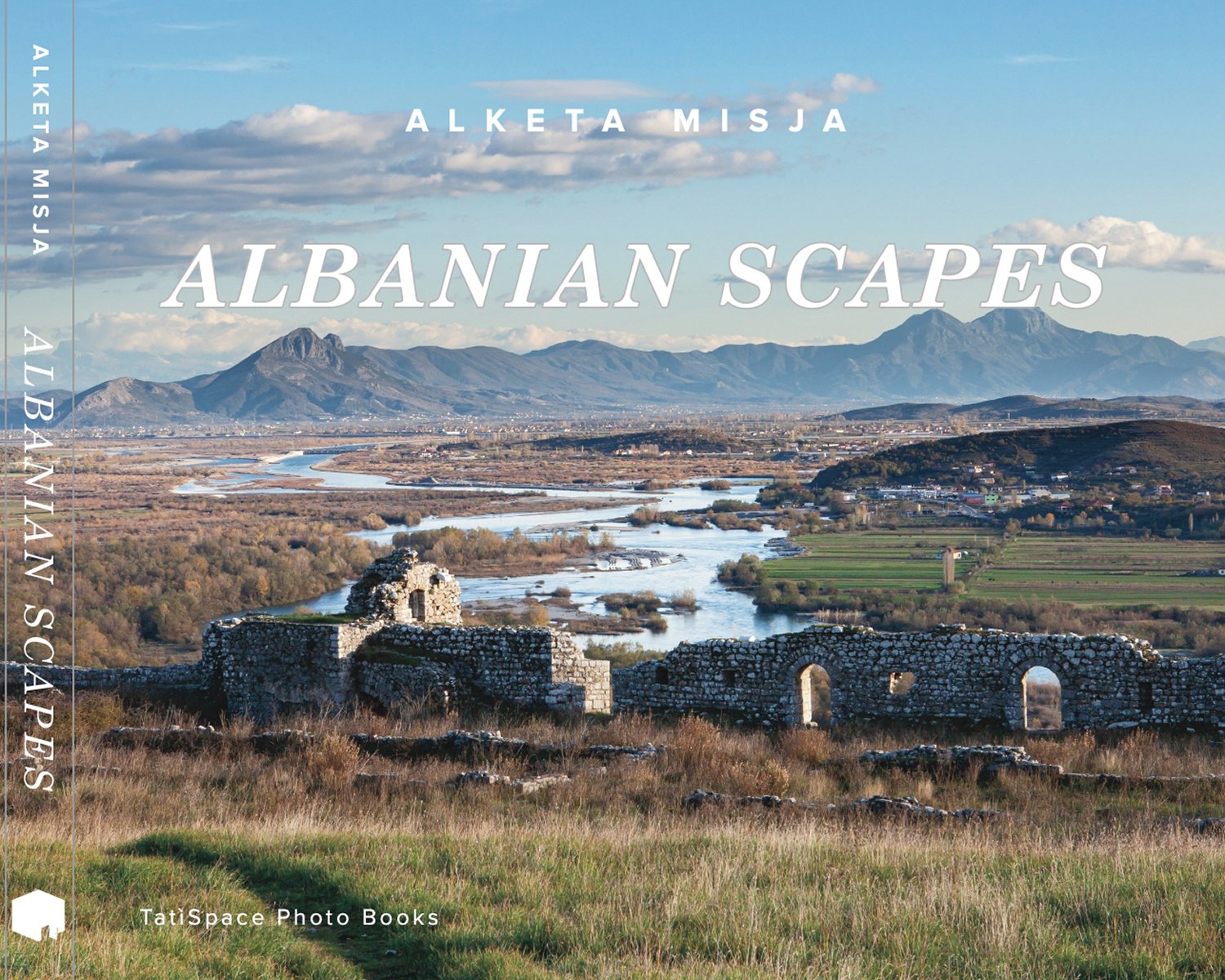
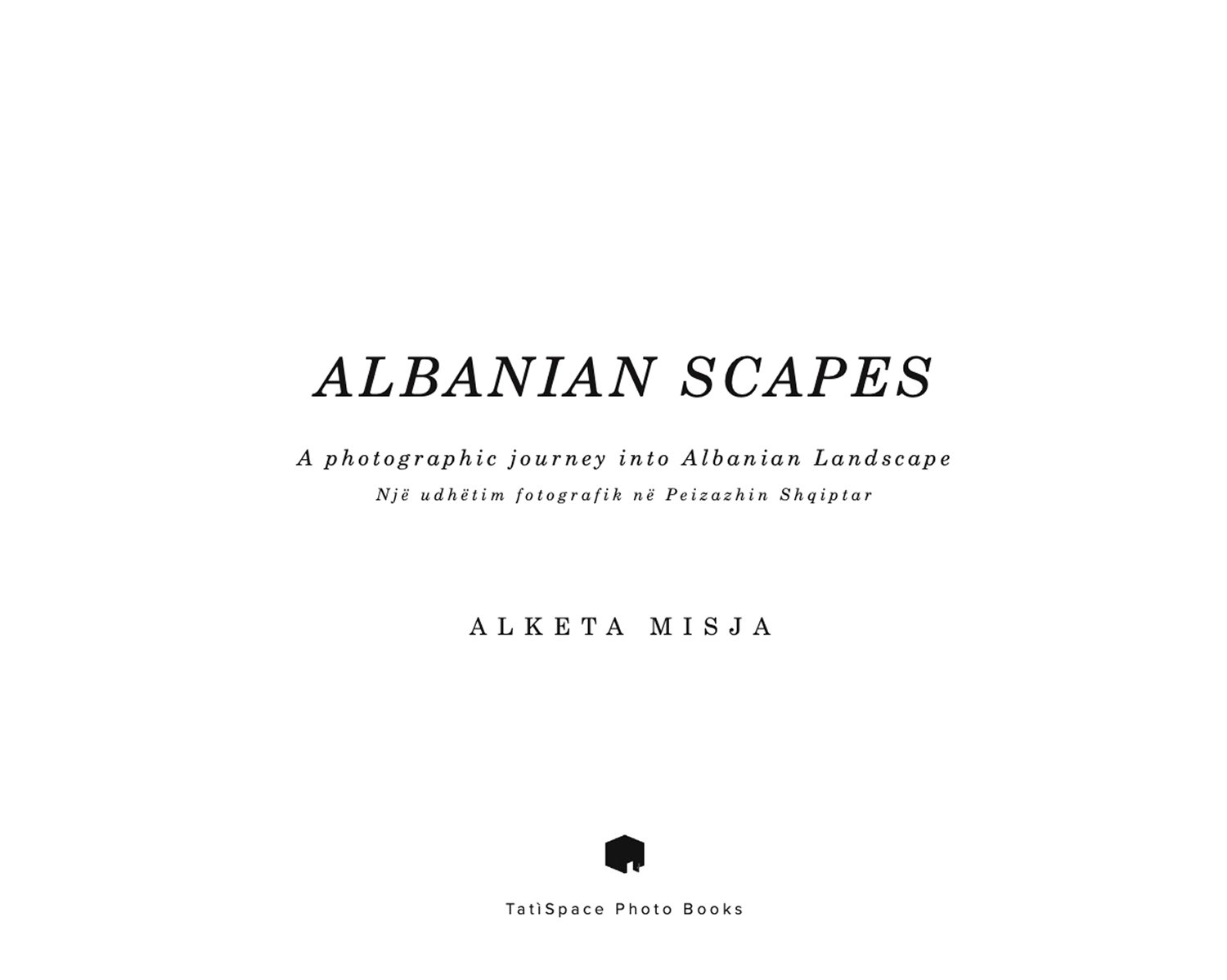

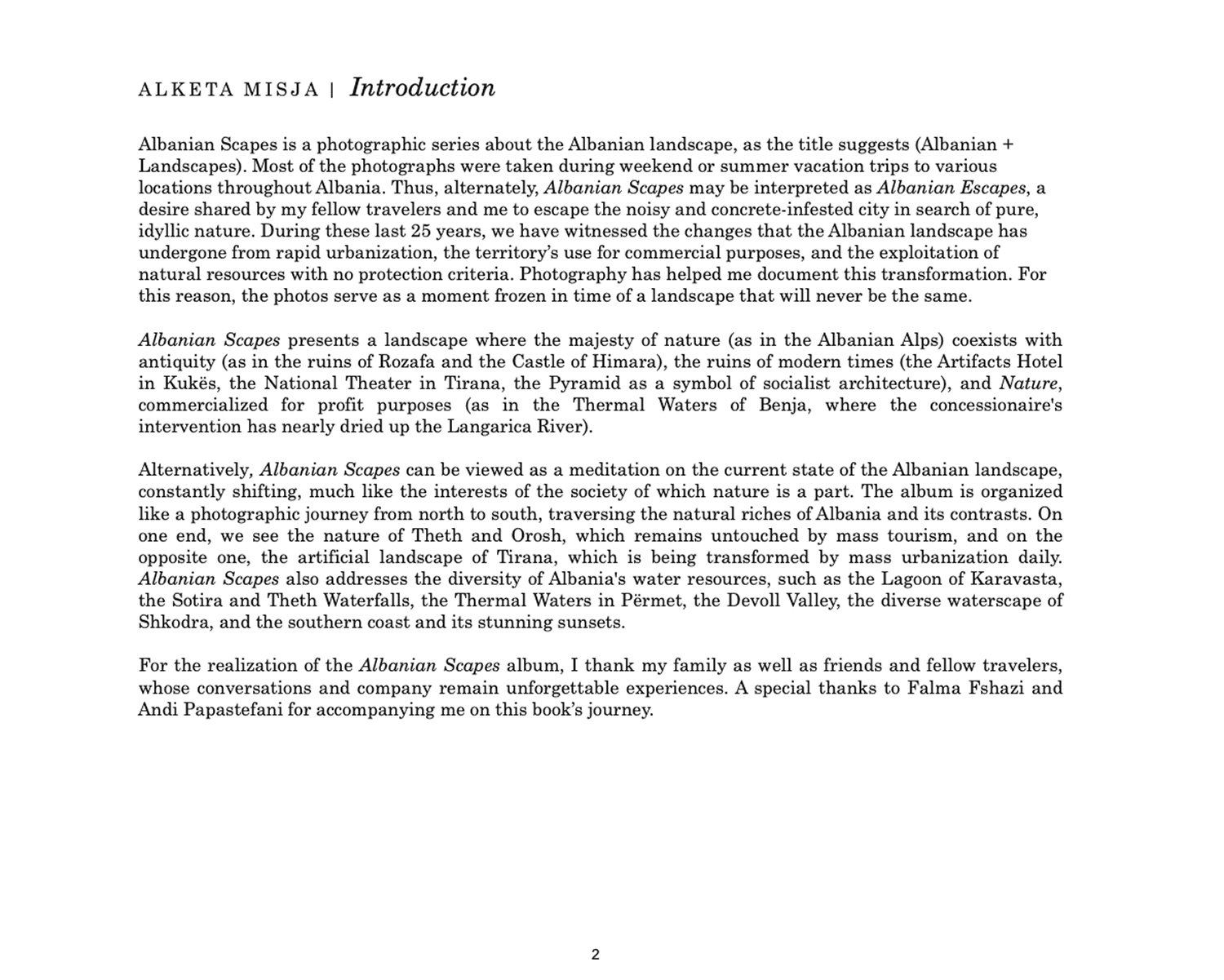

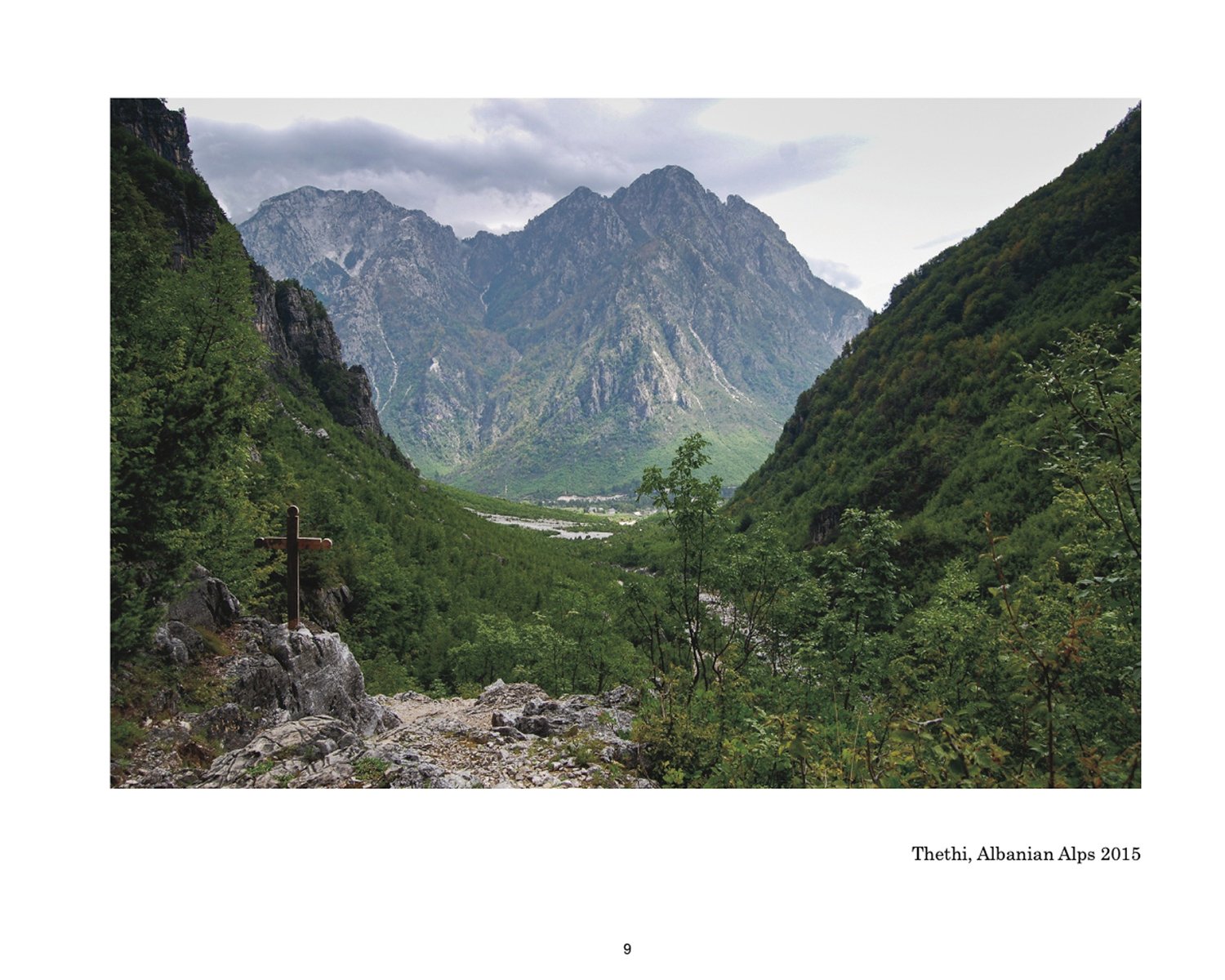
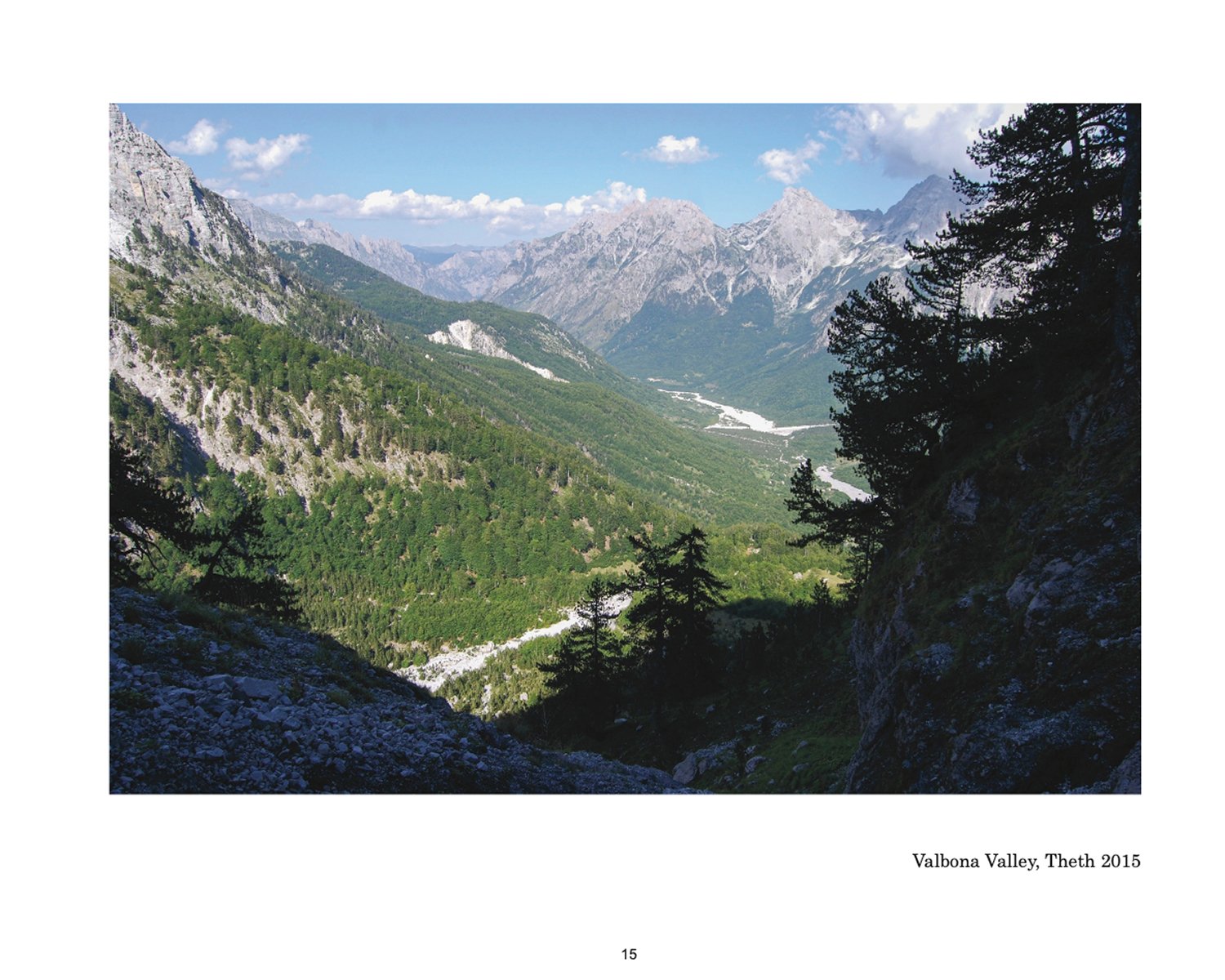
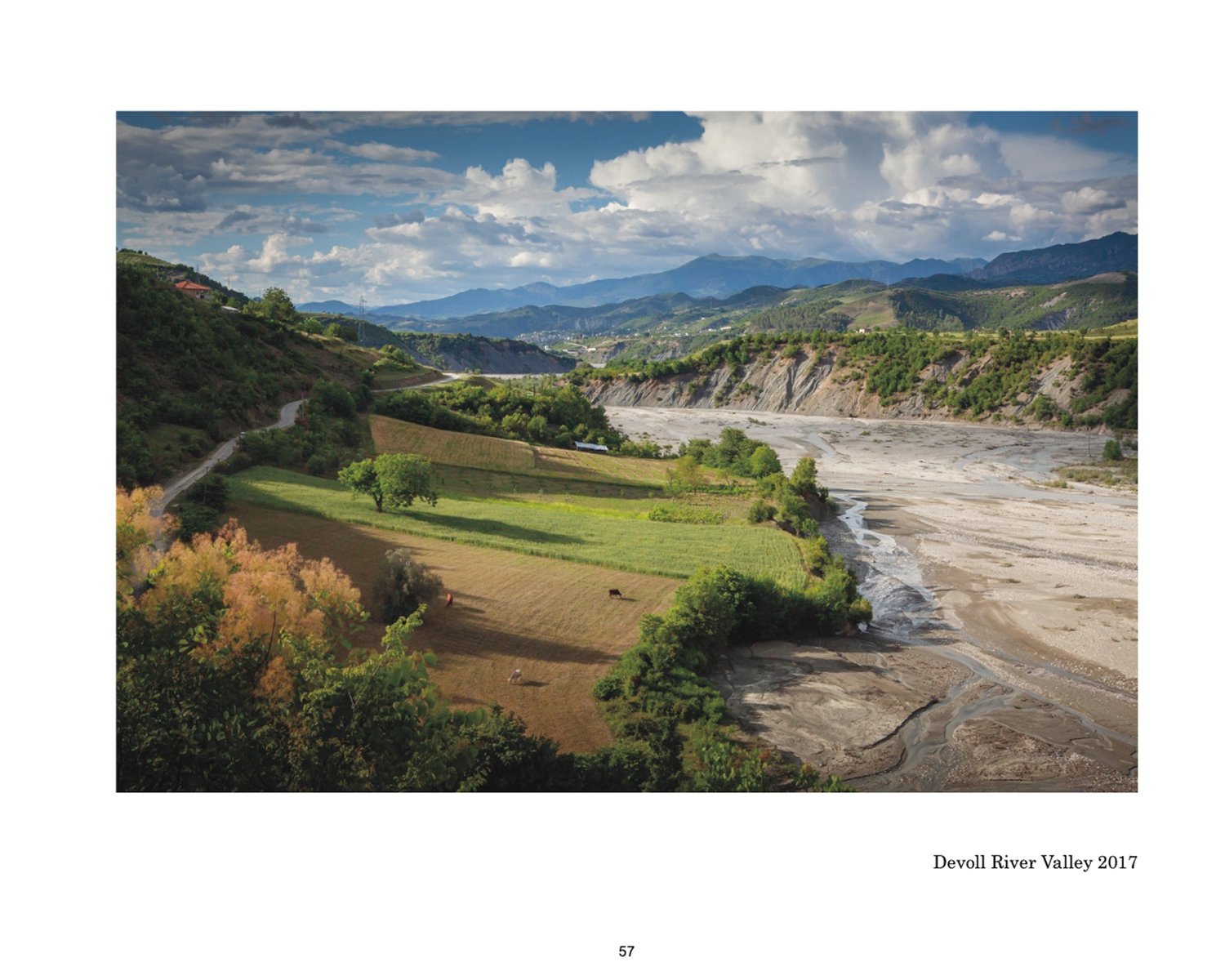
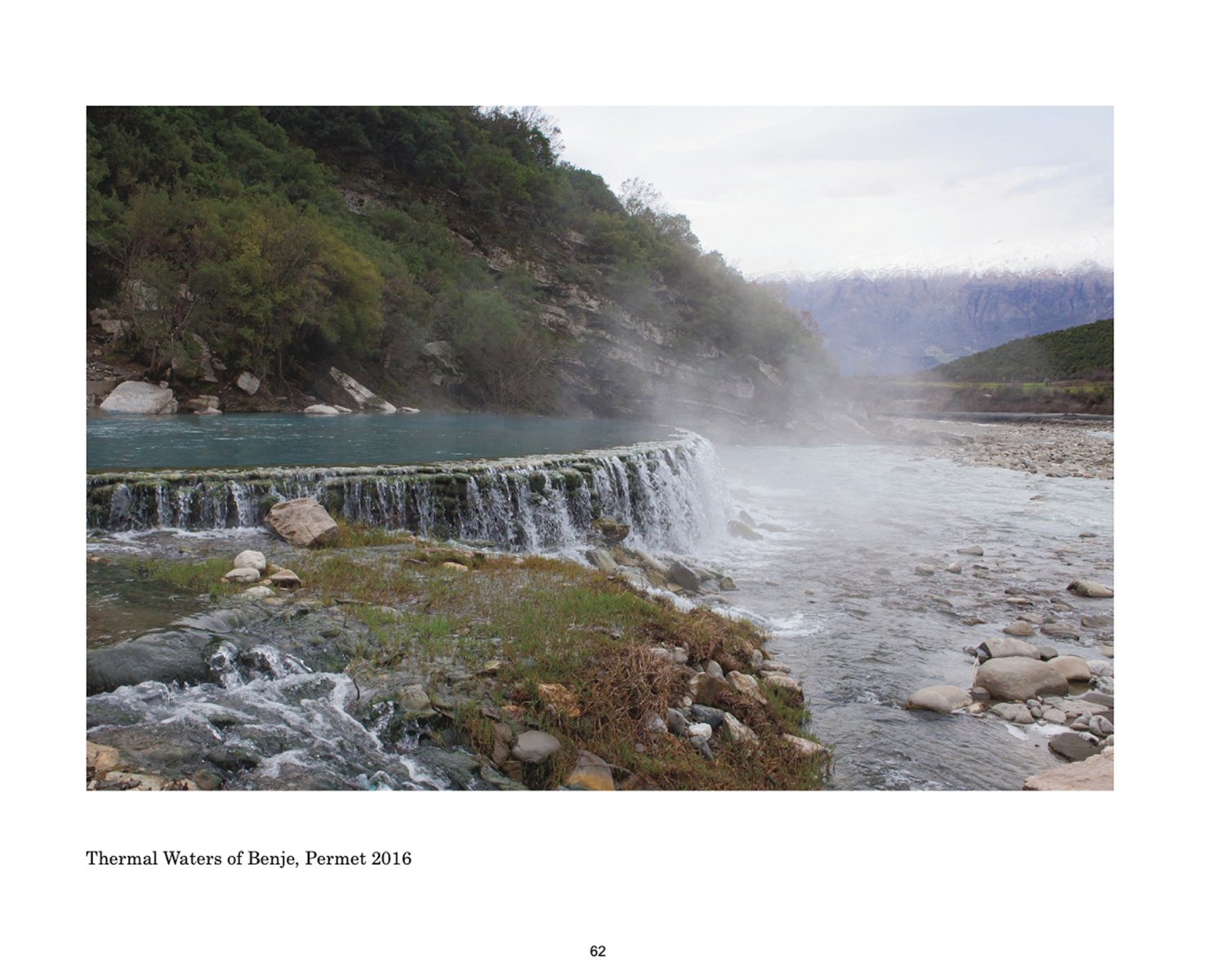
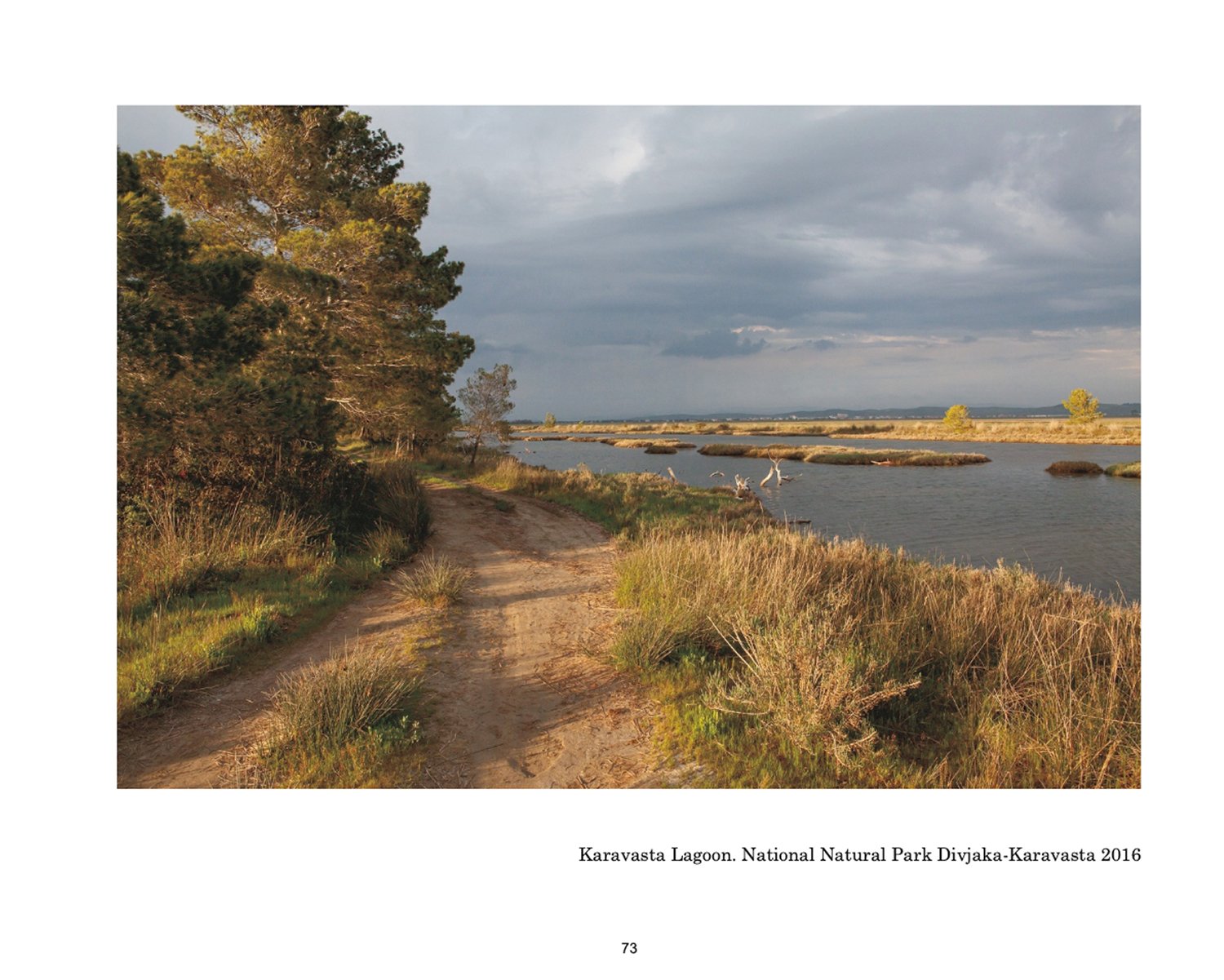
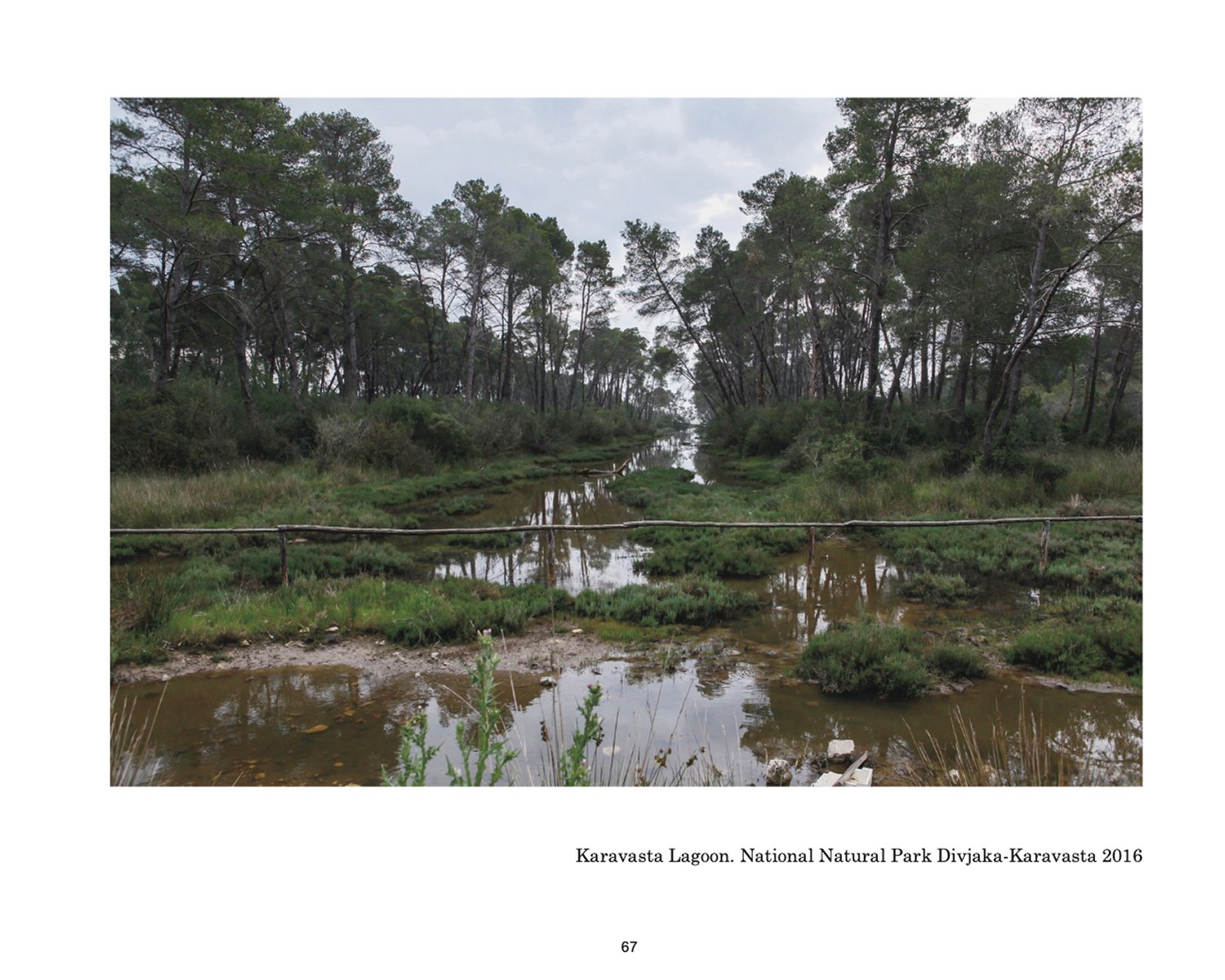
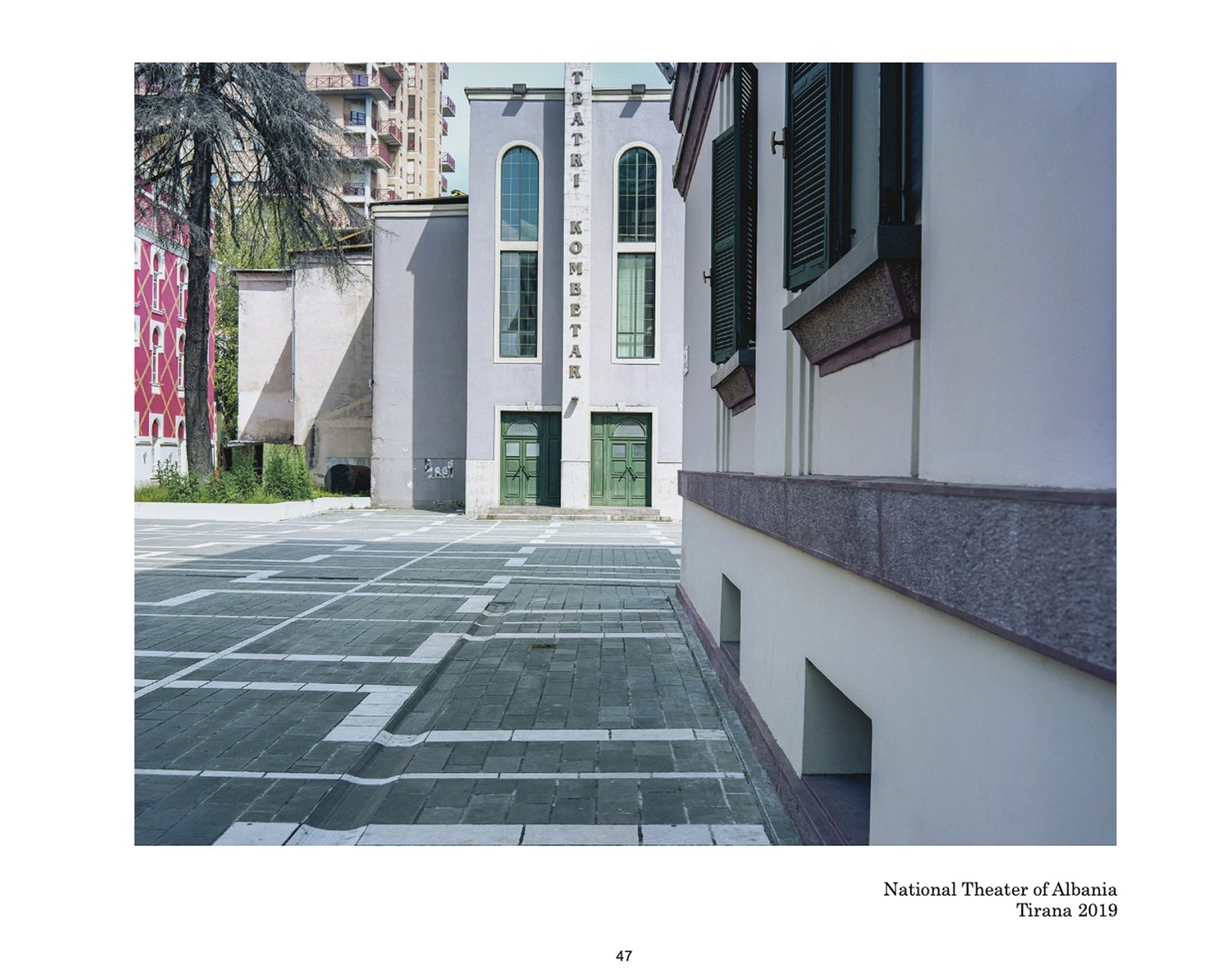
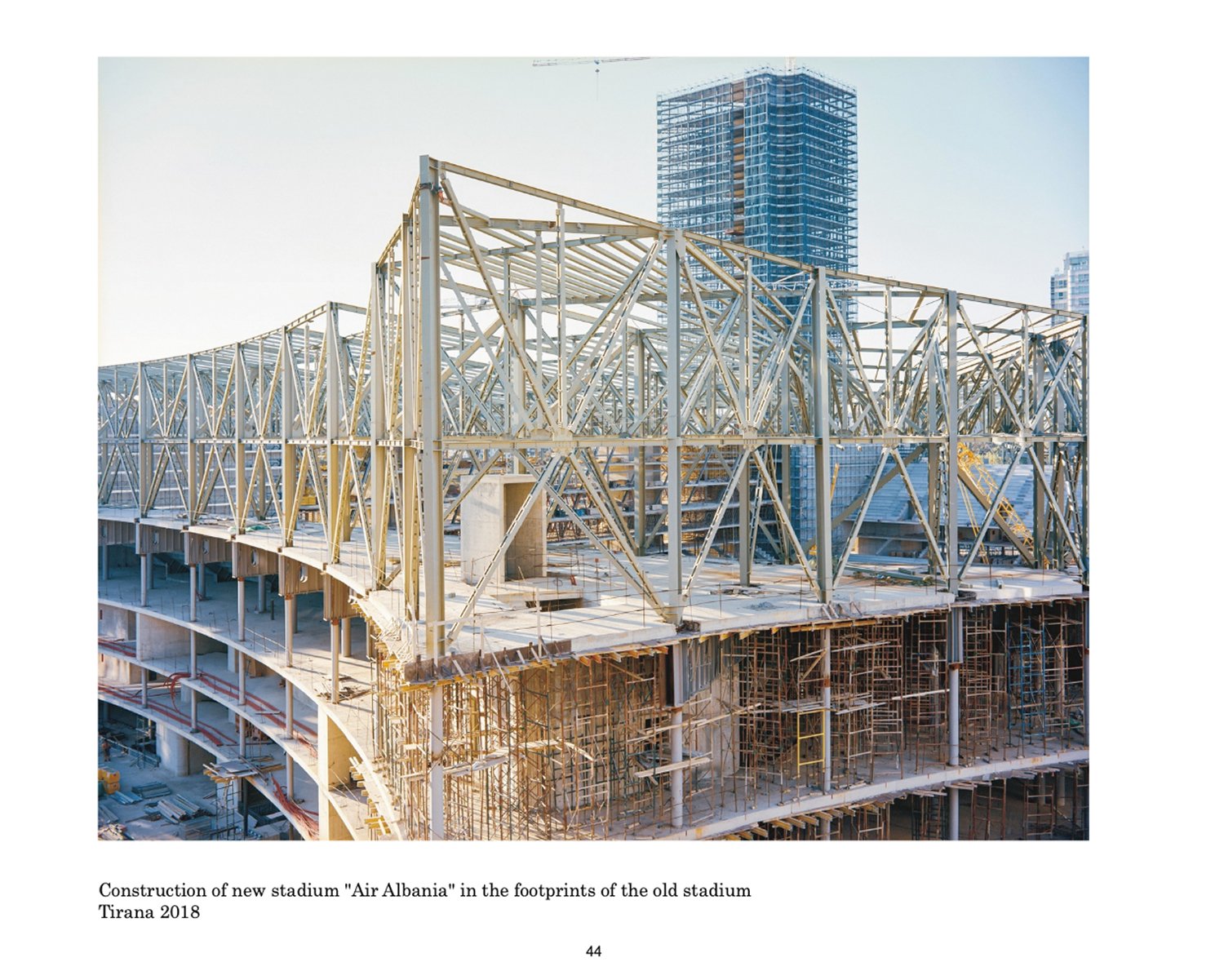
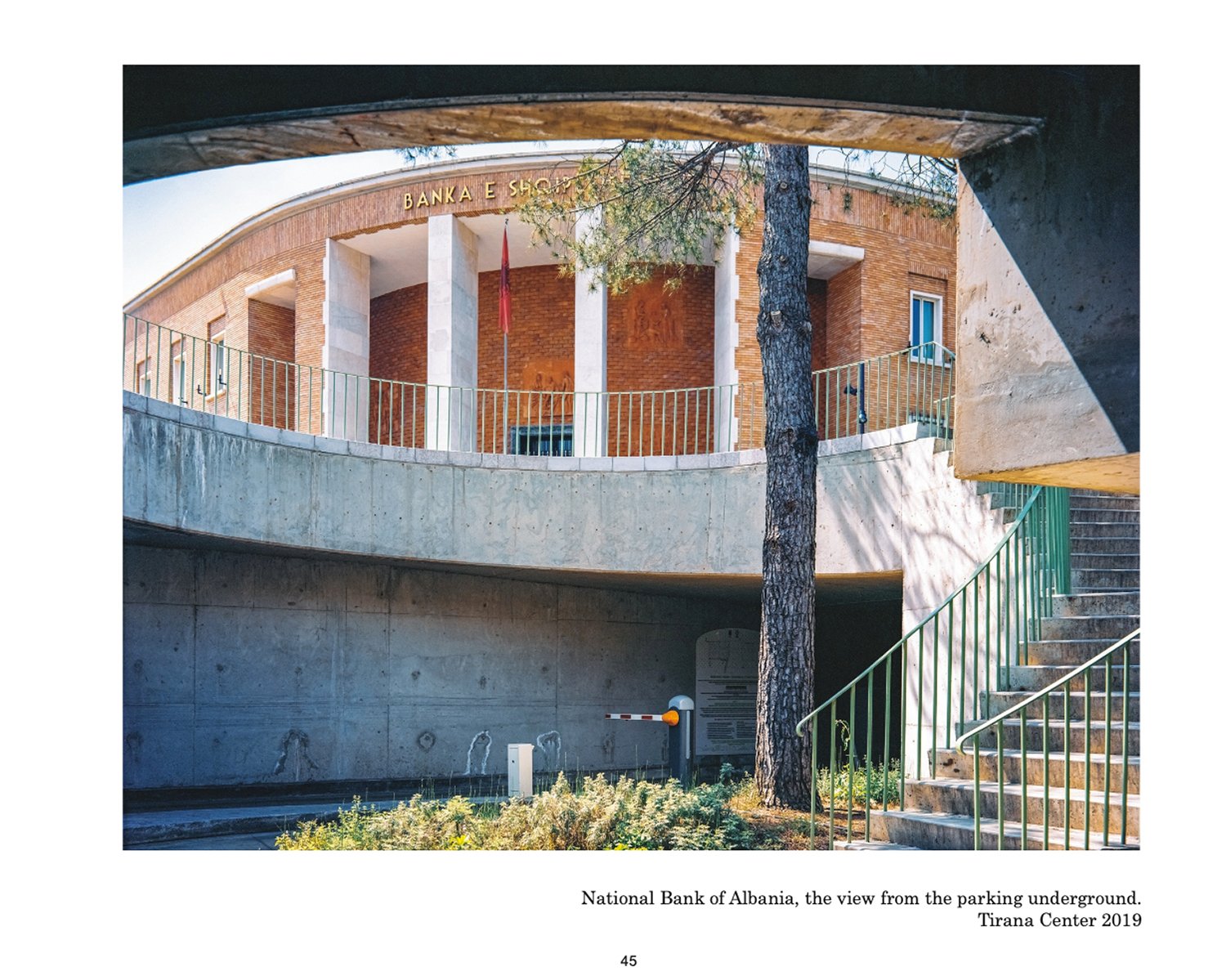
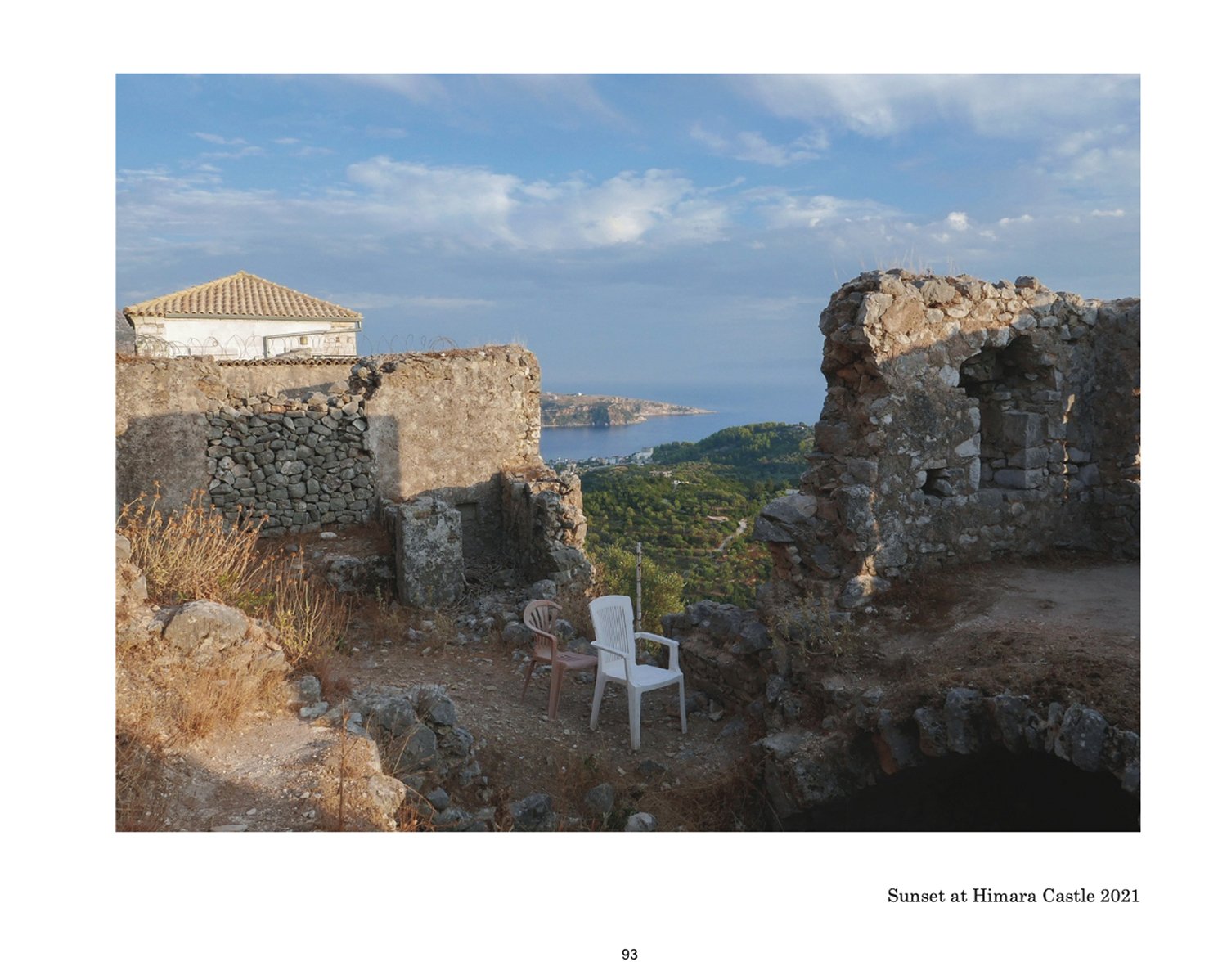
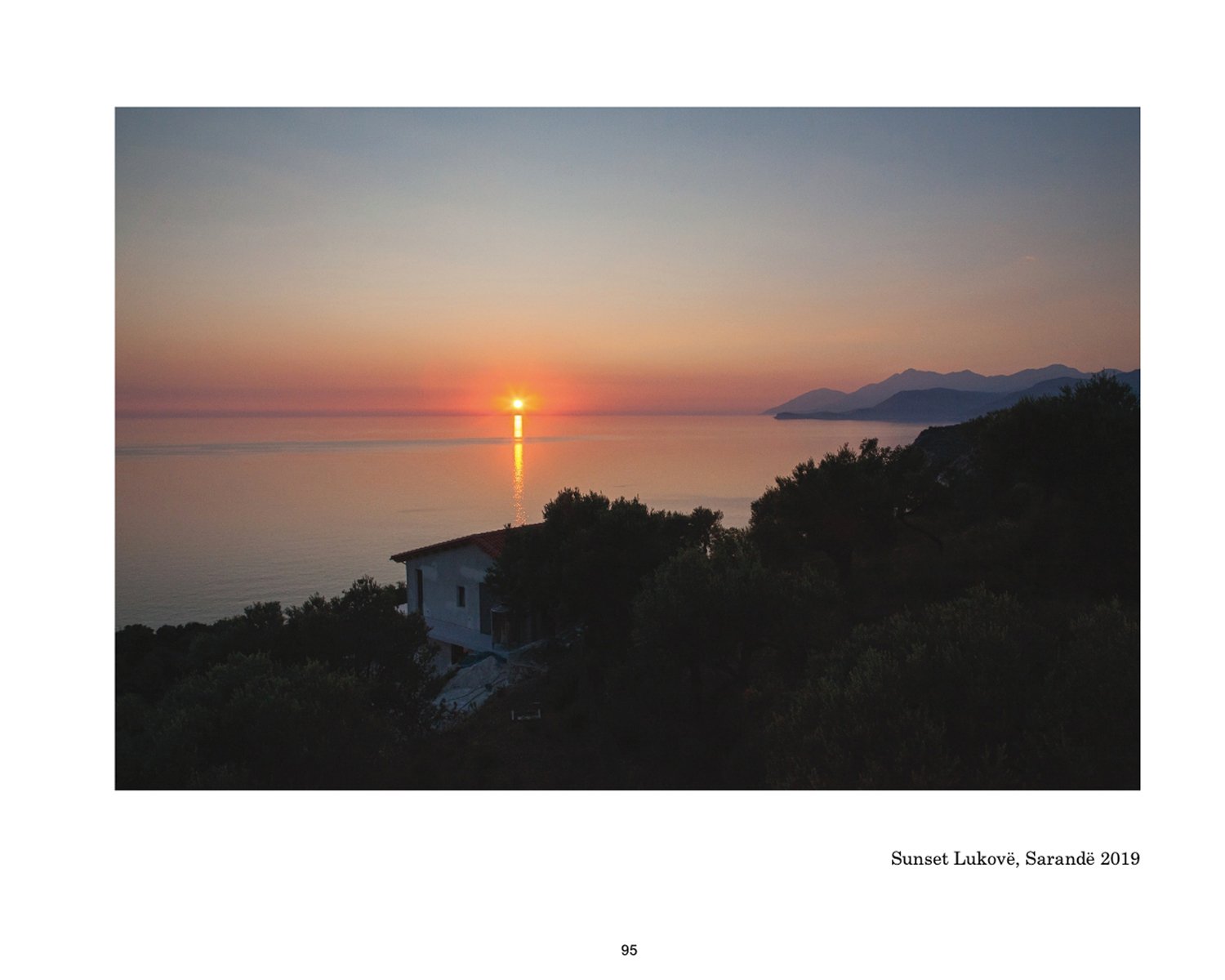
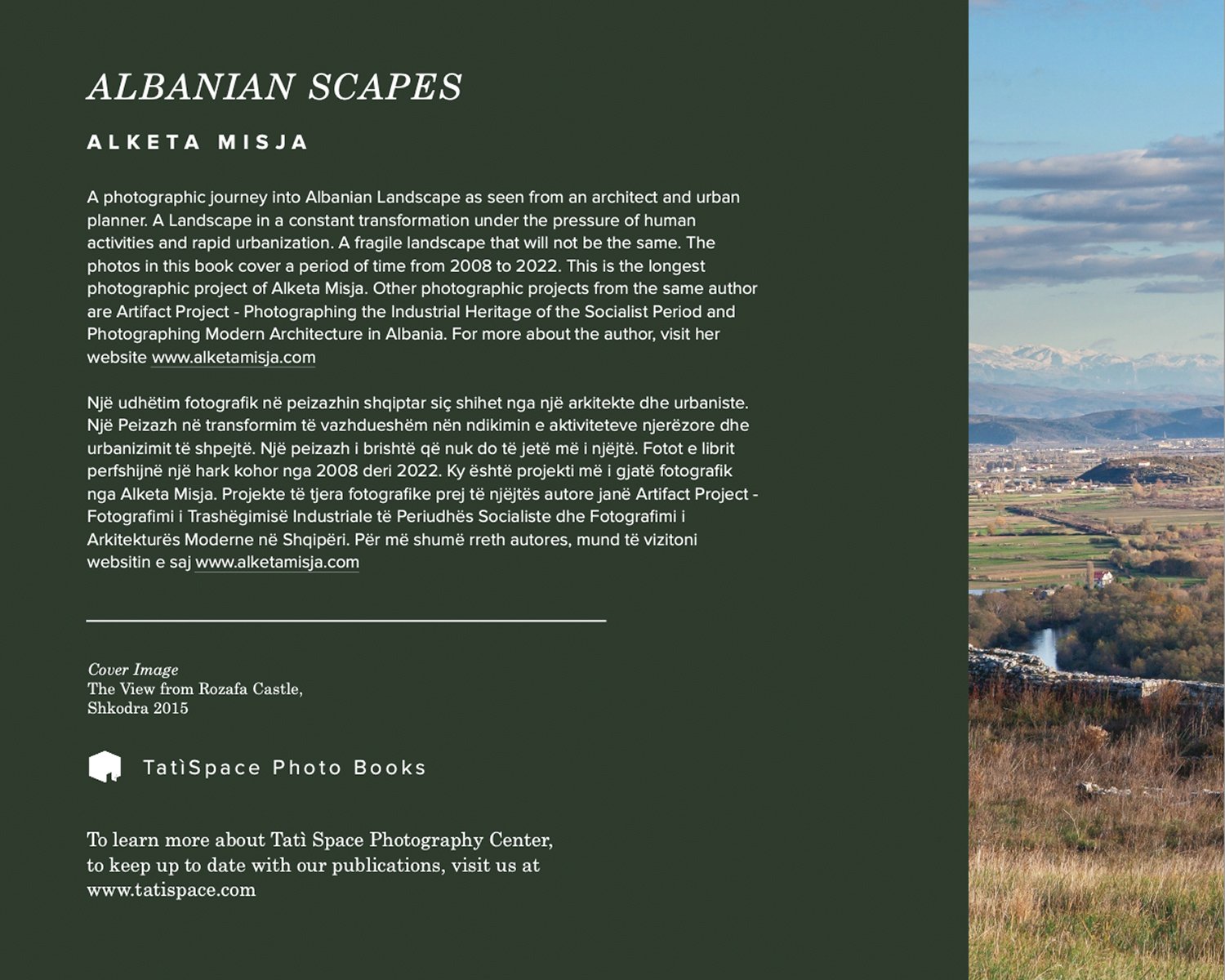
In her preface Landscape as Heritage, Falma Fshazi writes: “Through Alketa Misja's work, the landscape of Albania becomes an album made of hundreds of pages. Each photo is a small booklet of natural history, ecology, or urbanization. All together, the photographs document the Albanian heritage and landscape as heritage.
In the Albania of Albanian Scapes, we recall the cities that are permanently changing and increasingly occupied with tall buildings, bringing with it as many stories yet to be told. Many overlapping stories, managing to retain their individuality, much like the Albanian urban landscape whose transformation has continued with intensity toward the hills, plains and river banks, often entering where it does not belong, but unable to fundamentally alter the Mediterranean nature, the hospitable nature of the locals, or erase the traces of time.”
In his preface In Albania- Between Natural and Human Landscape, Andi Papastefani writes- “In this invaluable publication, Alketa Misja offers a depiction of this ongoing aesthetic, cultural, and ethical contrast. She portrays all of these juxtapositions in her photographic narrative about Albania as an architect and photographer, using iconic images that urge people to think and consider the true value of the landscape, culture, and history, as well as what we have lost.
The pleasing sights in this aesthetic edition captivate both the eye and mind. Unlike other publications on Albania that only highlight the natural beauty or, in other cases, merely the urban anarchy, Alketa has been able to draw attention to the complexity, contrast, and problems of this country with which nature has been so generous. This publication emphasizes the responsibility of society and residents to carry out daily activities with as little negative impact on nature as possible.”



